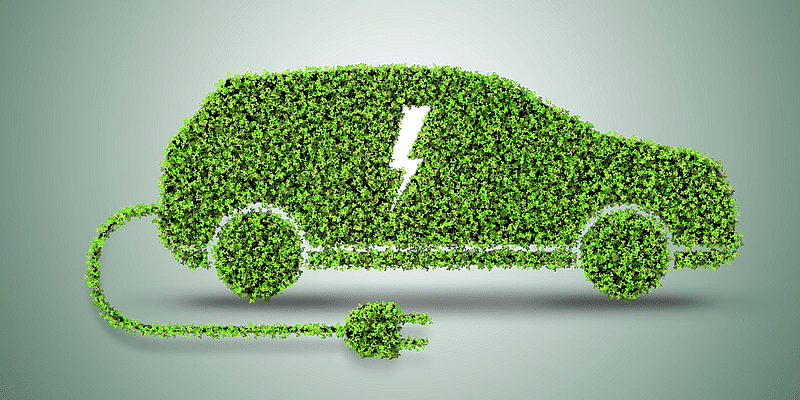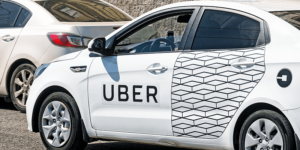In the pursuit of fighting climate change, the race to achieve clean mobility in India has become intense. The country is witnessing accentuated Electric Vehicle (EV) adoption, with a whopping increase of 210% in overall EV sales in 2022. So far, we have 14 lakh electric vehicles plying on Indian roads.
The exponential growth is driven by the government initiatives such as the FAME II scheme, tax benefits, and an incessant push towards the localisation of EV components to make its purchase economical for the masses. The evolving EV technology is resulting in state-of-the-art products for both personal and commercial use.
But, is this enough to continue the streak of EV adoption?
Unfortunately, no. Despite all the efforts over the recent years, ICE vehicles are still outnumbering EVs, which stand at an adoption rate of only 2%.
Going back to the EV target set to achieve by 2030 of electrifying 70% of commercial vehicles, 30% of total passenger cars, and 80% of total 2Ws and 3Ws, both the government and leading industry players must come together, augmenting their efforts to make clean and green mobility as reality in India.
What’s going on in the Indian EV industry?
With over 350 EV manufacturers, including leading OEMs and emerging startups, the Indian EV industry has been one of the burgeoning sectors in the last few years. The growth has not been limited to increasing OEMs but has also expanded to EV component manufacturers showing potential in developing advanced battery technologies, Made in India, for India.
In 2022, the industry recorded the highest EV adoption rate of more than 4% and an on-road figure of over 14 lakh electric vehicles in the country.
According to projections by experts, we will have around 14-16 million EVs by 2030.
Subsidies and demand incentives under the government’s FAME II scheme are one of the major reasons for this significant increase in adoption rates.
The government allocated a budget of Rs 10,000 crore for this scheme to support 10 lakh 2W EVs, five lakh 3W EVs, 55,000 passenger EVs, and 7,000 electric buses.
As of December 2022, FAME II has approved over 130 EV models from over 50 registered OEMs across 2W, 3W, and 4W platforms.
The current market valuation of EVs is $3.21 billion, and it is estimated to reach 76-100 billion by 2030. Going by the reports, the 2Ws will account for 40-50% and 4Ws will account for 15-20% of the total EV adoption by 2023.
Speaking of the estimated revenue pool, auto OEMs will account for 40-50%, charging infrastructure 8%, and battery manufacturers 13% of the total revenue pool of the EV industry in India.
Highlighting the tax scene in the industry, the Basic Customs Duty (BCD) and import duty on li-ion battery packs and Li-ion cells is 20% and 15%, respectively.
The government has set a 5% GST rate on EV purchases (personal use), a 5-10% import duty, and an 18% GST rate on Li-ion cell components. These factors play a vital role in the augmentation of EV sales and manufacturing.
Union Budget 2023 – What do we expect for the EV industry?
As EV industry experts, we expect to witness significant policies and amendments to roll out for India to hit the 2030 EV target. The government should consider revising the import duties, basic customs duties, and GST rates on Li-ion cell components, Li-ion cells, Li-ion battery packs, and EV components.
Nonetheless, the customs duties should be revised considering the volume of imports and the time period. We anticipate an exemption of GST on Li-ion cell components, cells, and battery packs as that would further aid battery manufacturers in developing EV batteries.
With an intention to scale battery manufacturing, the government should look into offering sale-based incentives to battery assemblers. Substantial reduction of taxes and implementation of incentives for the logistics and last-mile service providers (commercial EVs) will expedite EV adoption in the sector going forward.
Battery as a Service (BaaS) for fixed batteries will help reduce the upfront cost of EVs by allowing buyers to pay for battery use rather than for purchasing the battery up front. BaaS for fixed batteries combined with Mobility as a Service (MaaS) would result in faster EV adoption for last-mile fleet operation businesses.
In terms of making EV financing more affordable, the government should consider including EVs in Priority Sector Lending (PSL) as it would make electric vehicles more affordable for the masses.
Finally, the government shouldn’t limit the incentives and financial enablers to the volumes of production as promised by the manufacturers, but also take into consideration the technological prowess of the vehicles and battery technologies in regard to longevity, safety, and fast charging, ensuring only best quality products for the end users.
(Disclaimer: The views and opinions expressed in this article are those of the author and do not necessarily reflect the views of YourStory.)










